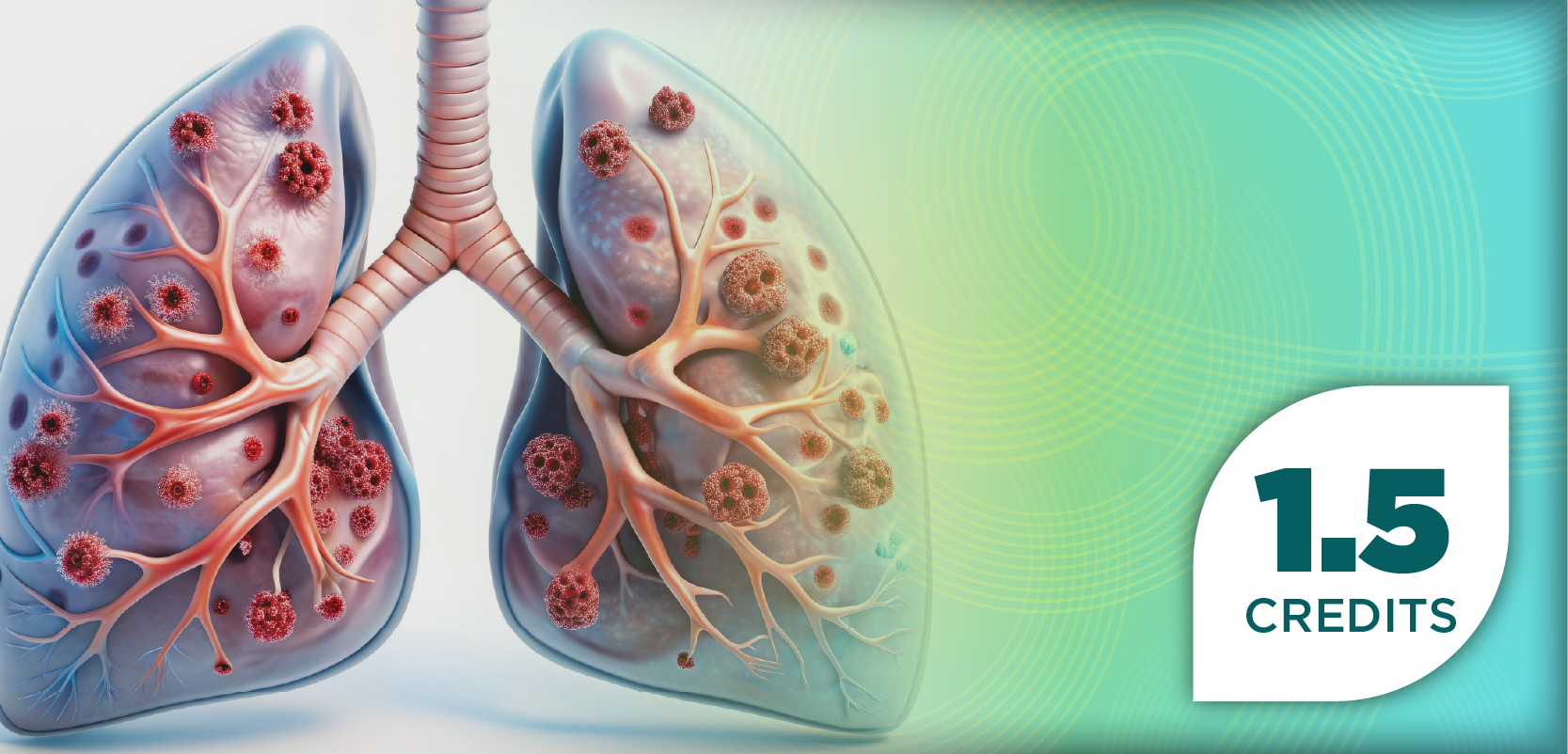
Pharmacists Weigh Promise and Challenges of Finerenone for Patients With HFpEF
Key Takeaways
- HFpEF management is challenging due to nonspecific symptoms, limited trial data, and diagnostic inconsistencies, with pharmacists playing a key role in navigating treatment options.
- Finerenone, a nonsteroidal MRA, shows promise in reducing HF events and atrial fibrillation, offering potential benefits over steroidal MRAs like spironolactone.
Finerenone plays an emerging role in managing complex heart failure with preserved ejection fraction (HFpEF).
Note from the Editor: This article was originally published in the July issue of Pharmacy Practice in Focus: Health Systems. Since then, finerenone received FDA approval for the treatment of adults with heart failure with a left ventricular ejection fraction of 40% or more. Learn more about that
As heart failure with preserved ejection fraction (HFpEF) becomes an increasingly common and complex cardiovascular condition, pharmacists have a crucial role in navigating the therapeutic landscape—particularly with the emerging use of finerenone (Kerendia; Bayer HealthCare Pharmaceuticals Inc), a nonsteroidal mineralocorticoid receptor antagonist (MRA) that could offer a new option for this underserved patient population.1 In a recent Pharmacy Times Clinical Forum, pharmacists gathered to discuss how they are navigating this treatment landscape and evaluating the emergence of finerenone.
“We know that cardiovascular disease obviously is a big economic driver,” said moderator Craig Beavers, PharmD, FACC, FAHA, FCCP, BCCP, CACP, vice president of professional services at Baptist Health System Paducah in Kentucky. He noted that HFpEF is growing in prevalence due to an aging population, comorbidities, and a historical lack of effective treatments.
Yet, despite growing awareness, HFpEF remains difficult to manage due to nonspecific symptoms, limited clinical trial data, and inconsistencies in diagnosis. As several pharmacists explained, the challenge often begins with identifying who has HFpEF. Jenna Ingram, PharmD, BCACP, ambulatory care clinical pharmacy manager of cardiology at Mount Sinai Health System in New York, New York, noted that even in systems with HF registries, misclassification is common, as patients may be entered based on symptoms rather than confirmed diagnoses.
New Hope: Finerenone and the FINEARTS-HF Trial
The 2024 release of the FINEARTS-HF (NCT04435626) trial data has renewed attention on finerenone, which has shown promise in patients with mildly reduced or pEF. Unlike the steroidal MRAs spironolactone and eplerenone, finerenone is nonsteroidal and may offer better tolerability and adherence.
The trial data demonstrated a reduction in outpatient worsening HF events and atrial fibrillation—outcomes not shown in the TOPCAT trial (NCT00094302) of spironolactone, which had significant limitations and questions about its subgroup analysis.2
“I think what’s going to be really interesting with finerenone is [whether] it is an inpatient or an outpatient drug,” said Katherine Di Palo, PharmD, MBA, MS, senior director of transitional care excellence at Montefiore Medical Center in the Bronx, New York, referencing the time-to-benefit data in FINEARTS-HF. “To me, it’s positioning this in terms of how quickly these patients benefit from it, and if it’s 7 days, then in my opinion, start it in the hospital.”
Still, despite enthusiasm, many pharmacists remain cautious about integrating finerenone into routine practice until it is formally approved and added to guidelines. The FDA’s Prescription Drug User Fee Act date for finerenone is in July 2025.3
Abhishek Shah, PharmD, BCCP, senior clinical pharmacy manager at Montefiore Medical Center, described the FINEARTS-HF data as “promising” and expressed hope about seeing it incorporated into guideline-directed medical therapy. Tania Ahuja, PharmD, FACC, BCCP, BCPS, CACP, assistant director of clinical pharmacy services for cardiology and medicine and assistant director of antithrombotic and hemostatic stewardship at NYU Langone Health, said that although more real-world data are needed, it is a significant step toward expanded options for HFpEF.
Clinical and Practical Barriers
Despite the drug’s potential, cost and access are ongoing concerns for finerenone. Christopher Ho, PharmD, BCPS, manager of the pharmacy telehealth team at Northwell Health, pointed out that many patients with HFpEF are older and lack commercial insurance, making it harder to access branded therapies. However, Di Palo explained that when she talks to prescribers, the strength of the FINEARTS-HF data makes it significantly easier to persuade them of its value in the number of medications patients might be prescribed.
Another complicating factor is existing MRA underutilization. Mabel Chan, PharmD, BCACP, BCADM, ambulatory care clinical pharmacy specialist in adult primary care at NYC Health, attributed this partly to a lack of education among residents and physicians, who may be unfamiliar with the FINEARTS-HF trial but instead look to the older TOPCAT trial data.
“The way that this is positioned by pharmacists is so critical,” Di Palo stressed.
Kaitlyn Pinkos, PharmD, BCCP, a clinical pharmacy specialist at NewYork-Presbyterian Hospital, shared that even in a dedicated HFpEF clinic, MRA use rates hover around 30% to 50%. “Treatment is more of an art,” she added, describing HFpEF as a condition that often requires tinkering and frequent communication with the patient to get the treatments right.
Differentiating Care and Educating Patients
Pharmacists are uniquely positioned to personalize HFpEF care through frequent monitoring and patient-centered strategies. Shanice Coriolan, PharmD, BCPS, BCACP, BC-ADM, a specialty pharmacist at NewYork-Presbyterian Hospital, explained that initiating treatment often depends on the patient’s disease volume status and individual characteristics, which pharmacists are well positioned to evaluate. Shah emphasized the importance of tracking laboratory data and vital statistics, and Beavers advocated for shared decision-making. Several panelists said they focus on tailored follow-up and frequent contact, especially using telehealth.
“If I have patients [who] are struggling with their therapies…I follow them much [more closely] so I can…touch base weekly,” Coriolan said.
Shah echoed the importance of long-term monitoring. “That’s the key to titrating them to the target doses, promoting long-term medication adherence, and then monitoring for [adverse] effects,” Shah said.
Looking Ahead: Finerenone and Future Recommendations
As pharmacists await FDA approval of finerenone, many are already evaluating how this new agent might influence prescribing habits. Pinkos noted that MRAs will continue to be selected before angiotensin receptor–neprilysin inhibitors (ARNIs) unless patients are actively hypertensive and require an ARNI, particularly given the strength of the finerenone data. Ultimately, pharmacists see their role expanding beyond drug initiation and titration to include health care coordination.
“We can take a step back and view ourselves more as health care professionals and see ourselves as care coordinators,” Di Palo said, arguing that pharmacists can identify and direct patients to appropriate specialists and clinics. “I think it’s understanding who needs to go to what subspecialist, what specialist.”
As the landscape for HFpEF treatment evolves, pharmacists are becoming critical navigators. They bridge gaps in diagnosis, education, and therapy while offering patients a more tailored and responsive approach to care.
REFERENCES
1. Oktay AA, Rich JD, Shah SJ. The emerging epidemic of heart failure with preserved ejection fraction. Curr Heart Fail Rep. 2013;10(4):401-410. doi:10.1007/s11897-013-0155-7
2. Pfeffer MA, Claggett B. Behind the scenes of TOPCAT – bending to inform. NEJM Evid. 2022;1(1):EVIDctcs2100007. doi:10.1056/EVIDctcs2100007
3. US FDA accepts supplemental new drug application under priority review for new indication for Kerendia (finerenone) in patients with heart failure with left ventricular ejection fraction of ≥40%. News release. Bayer. March 17, 2025. Accessed June 27, 2025. https://www.bayer.com/en/us/news-stories/kerendiar-finerenone-in-patients-with-heart-failure
Newsletter
Stay informed on drug updates, treatment guidelines, and pharmacy practice trends—subscribe to Pharmacy Times for weekly clinical insights.


















































































































































































































